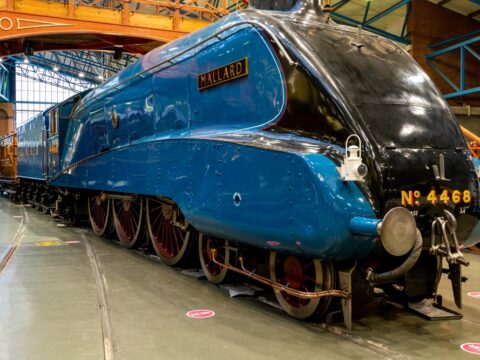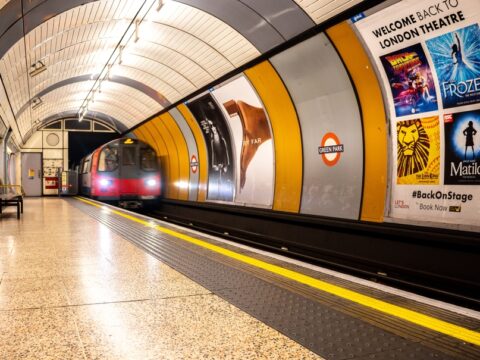Aviation has been shaped by remarkable aircraft that have pushed the boundaries of technology and design. From the early days of flight to modern marvels, these revolutionary aircraft have not only transformed how we travel but have also set new standards in safety, speed, and efficiency. In this article, we explore 20 groundbreaking aircraft that changed the course of aviation history, leaving a lasting impact on the way we fly.
Contents
Wright Flyer
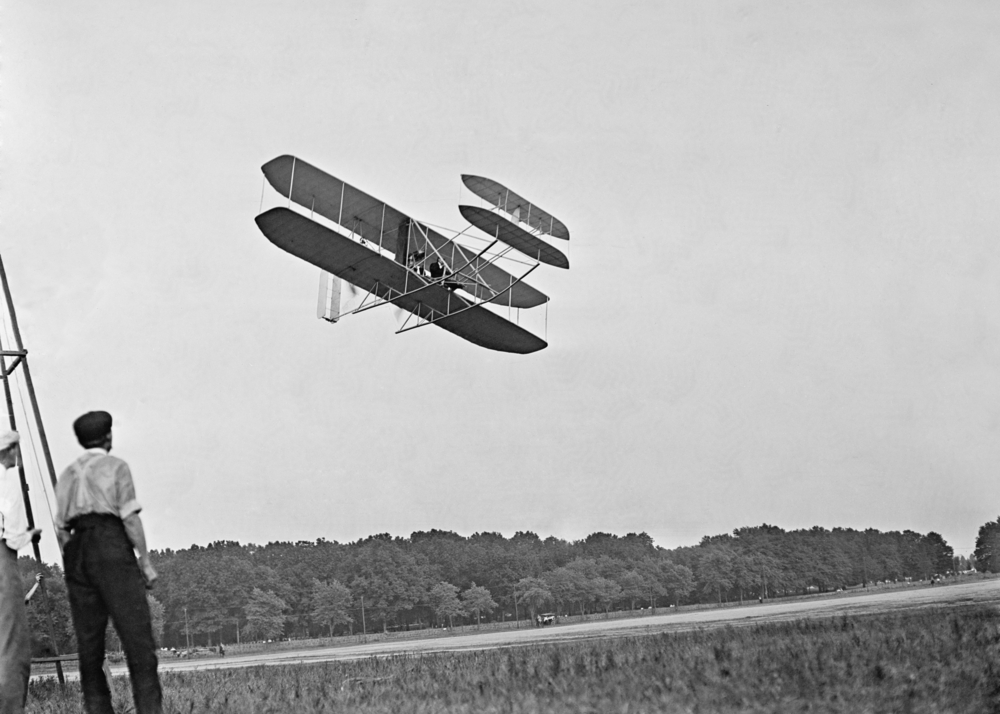
The Wright Flyer, built by Orville and Wilbur Wright, made history on December 17, 1903, as the first successful powered aircraft. With its innovative design featuring a 12-horsepower engine and a wingspan of 12.3 meters, it achieved controlled, sustained flight, marking the birth of modern aviation.
Spirit of St. Louis
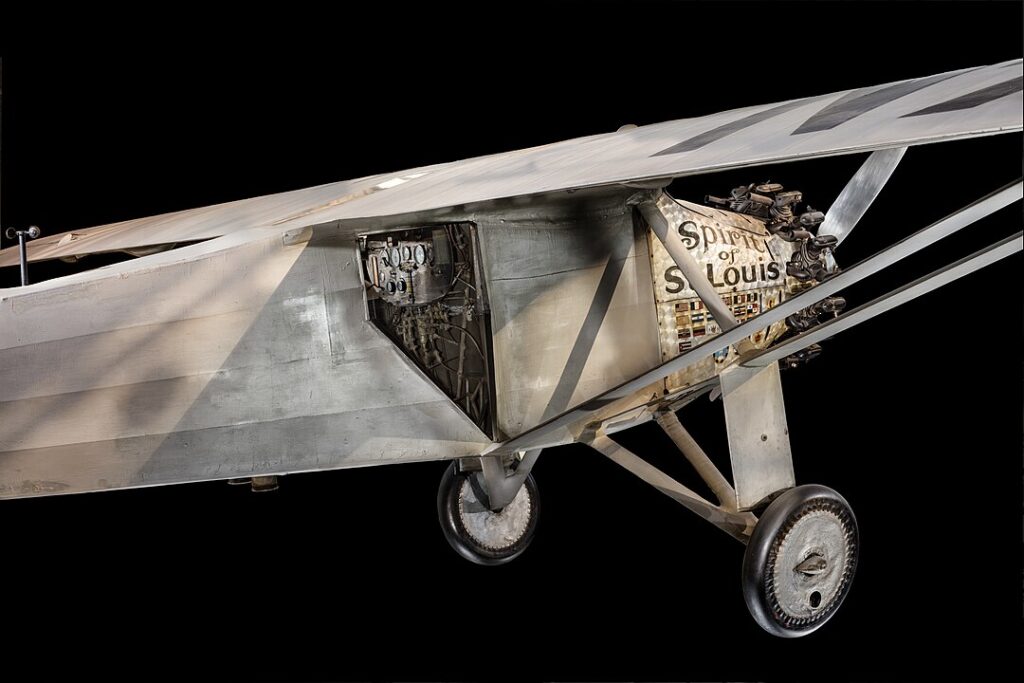
The Spirit of St. Louis, piloted by Charles Lindbergh, became famous for completing the first solo nonstop transatlantic flight from New York to Paris in 1927. Its single-engine monoplane design and long-range fuel tanks exemplified advancements in aeronautical engineering and showcased the potential for long-distance air travel.
Douglas DC-3
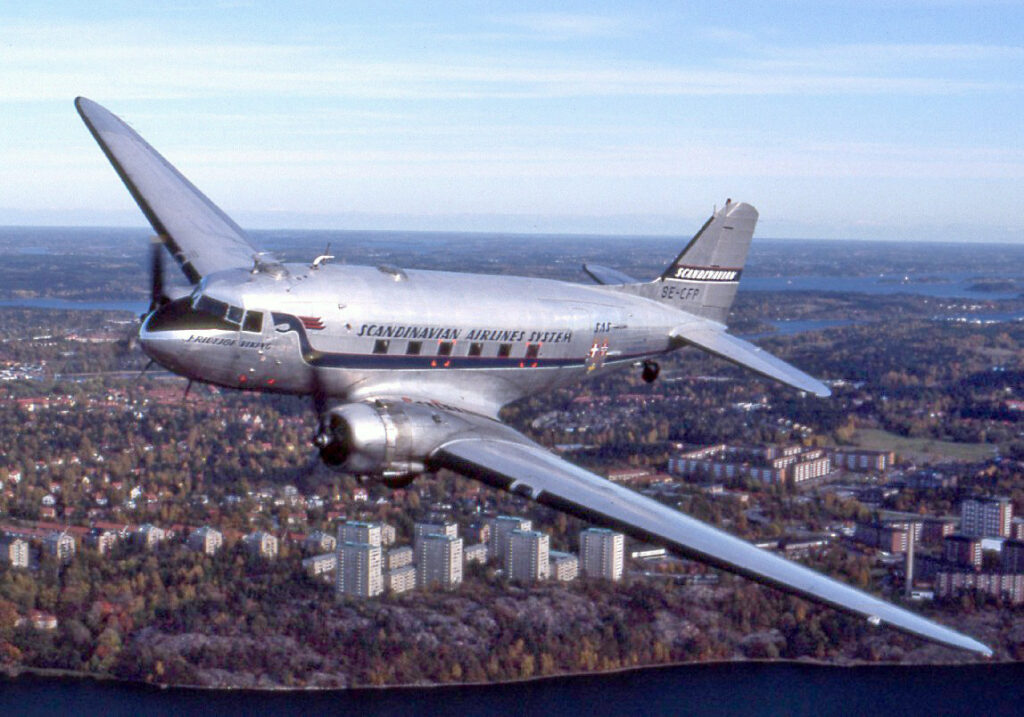
The Douglas DC-3 revolutionized commercial aviation with its speed, range, and reliability. Introduced in the 1930s, this twin-engine propeller-driven aircraft could carry 21 to 32 passengers and fly up to 1,500 miles, making air travel more accessible and economical.
Boeing 707
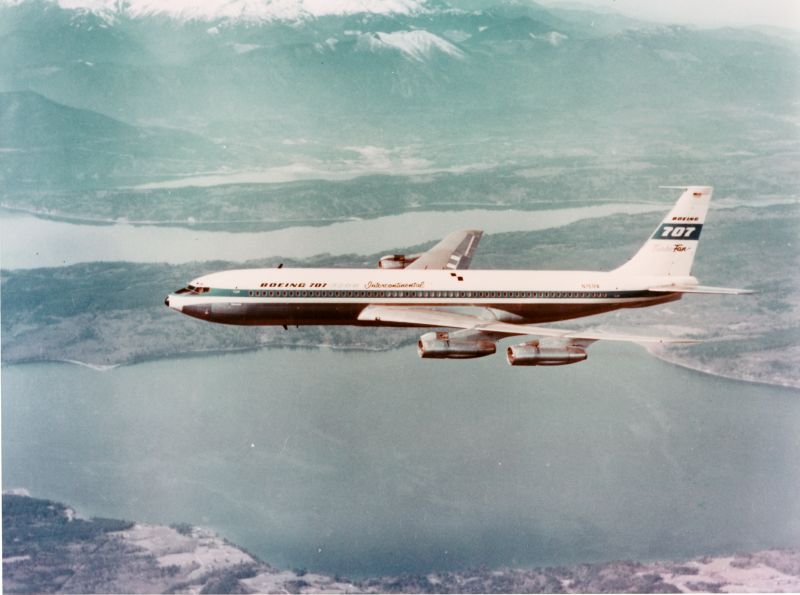
The Boeing 707 ushered in the Jet Age in the late 1950s, transforming commercial air travel with its speed and capacity. Powered by four turbojet engines, it could carry over 180 passengers and fly at speeds of up to 600 mph, significantly reducing travel times and setting new standards for comfort and efficiency.
Boeing 747
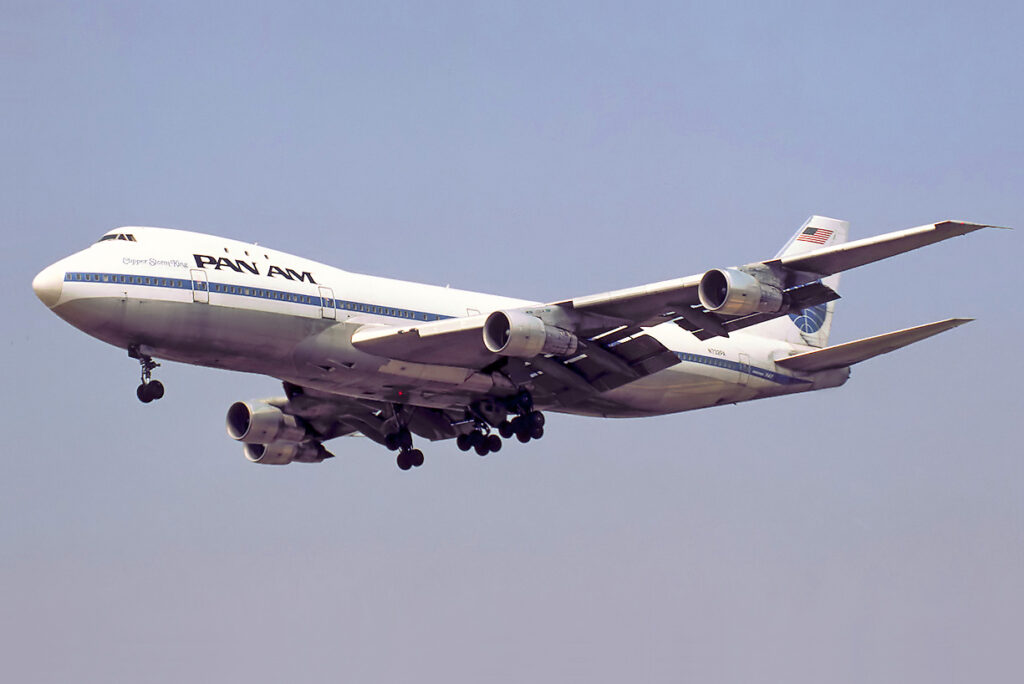
Known as the “Queen of the Skies,” the Boeing 747 revolutionized long-haul air travel with its large capacity and extended range. Introduced in 1970, it featured a distinctive hump upper deck and could carry over 400 passengers, making international travel more affordable and accessible.
Concorde
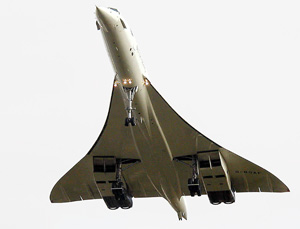
The Concorde was a supersonic passenger jet that dramatically cut transatlantic travel time with speeds exceeding Mach 2. Entering service in 1976, it featured a sleek delta-wing design and could fly from New York to London in under 3.5 hours, symbolizing the pinnacle of aeronautical engineering.
Lockheed SR-71 Blackbird
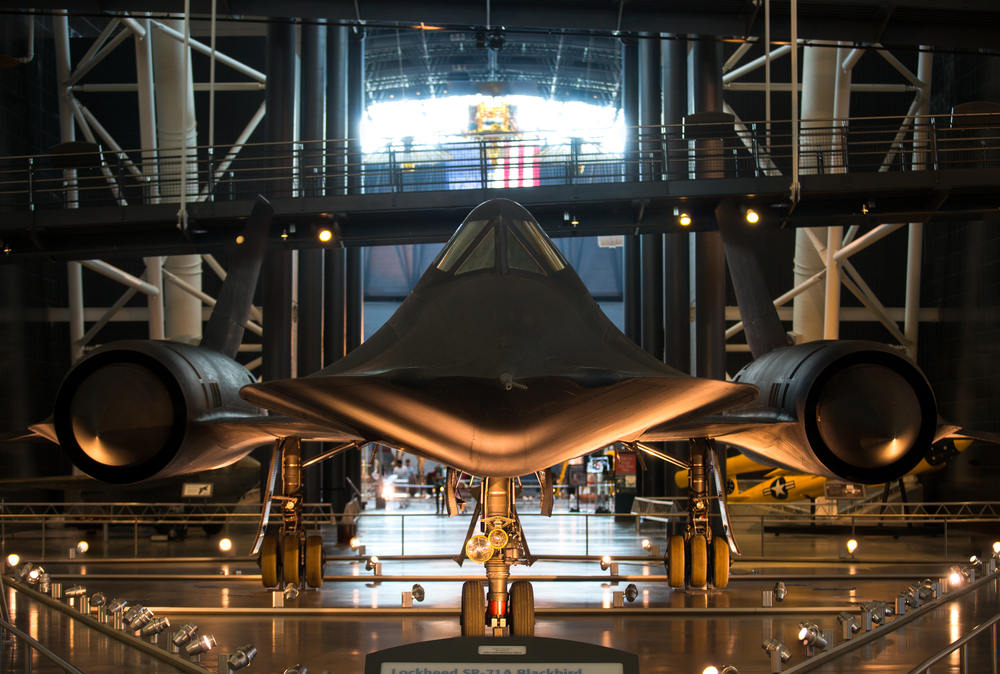
The Lockheed SR-71 Blackbird was an advanced reconnaissance aircraft known for its unmatched speed and altitude capabilities. Introduced in the 1960s, it could fly at speeds over Mach 3 and altitudes of 85,000 feet, making it virtually untouchable by enemy defenses and revolutionizing intelligence gathering.
Bell X-1
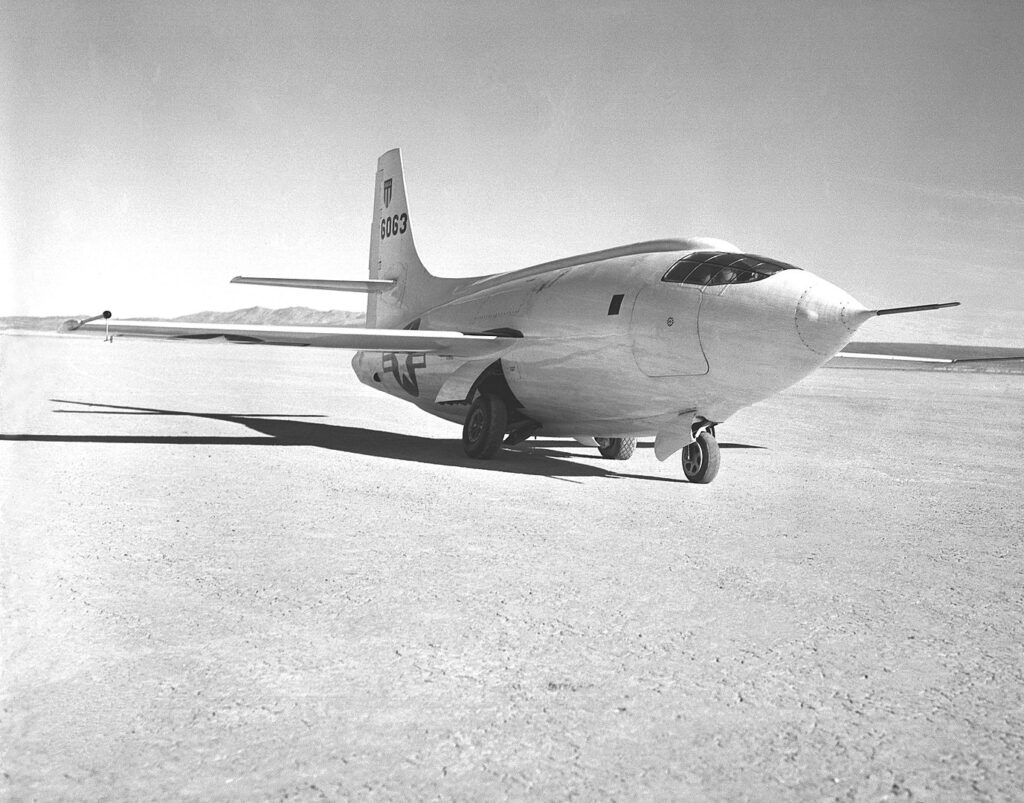
The Bell X-1, piloted by Chuck Yeager, became the first aircraft to break the sound barrier on October 14, 1947. Its rocket-powered design and bullet-shaped fuselage demonstrated that controlled supersonic flight was possible, paving the way for future high-speed aircraft development.
F-117 Nighthawk
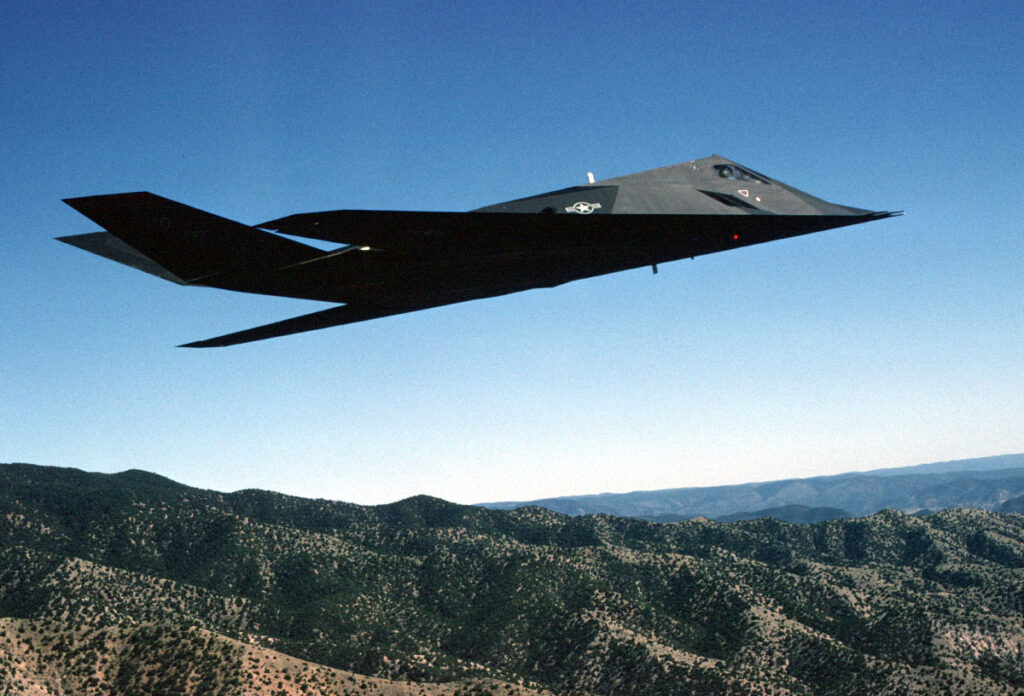
The F-117 Nighthawk was the first operational stealth aircraft, introduced in the 1980s. Its angular design and radar-absorbent materials allowed it to evade enemy radar, revolutionizing military aviation by enabling missions in heavily defended areas with minimal detection risk.
B-2 Spirit
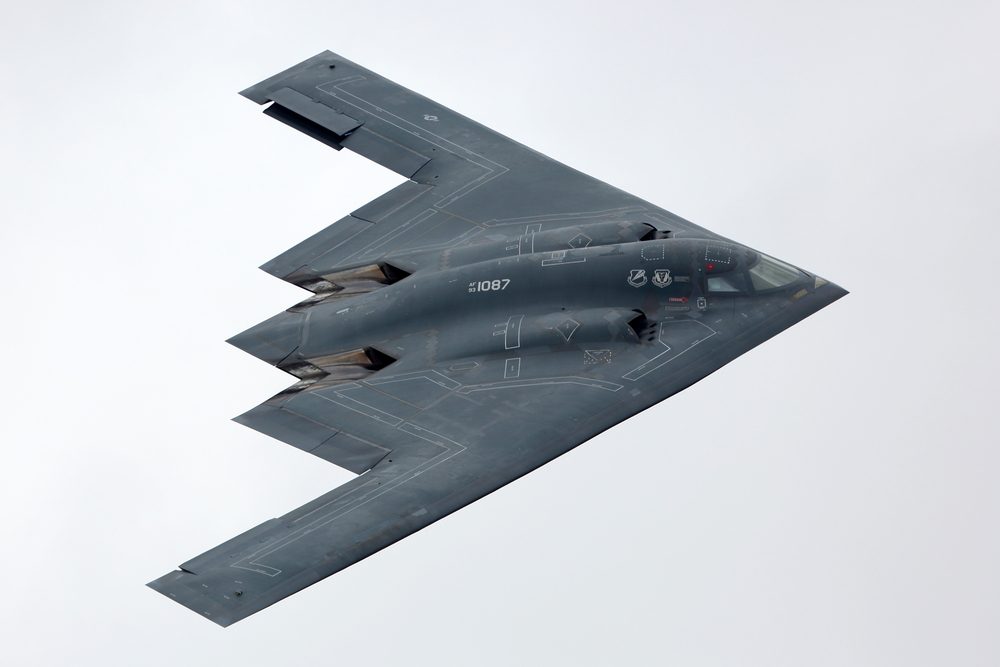
The B-2 Spirit is a stealth bomber with a unique flying wing design, introduced in the 1990s. Its advanced stealth technology and ability to carry both conventional and nuclear weapons allowed it to penetrate sophisticated air defenses and conduct strategic bombing missions with unparalleled effectiveness.
Messerschmitt Me 262

The Messerschmitt Me 262 was the world’s first operational jet-powered fighter aircraft, introduced by Germany during WWII. With speeds of over 500 mph, it outclassed Allied propeller-driven fighters and demonstrated the future potential of jet propulsion in combat aviation.
Supermarine Spitfire
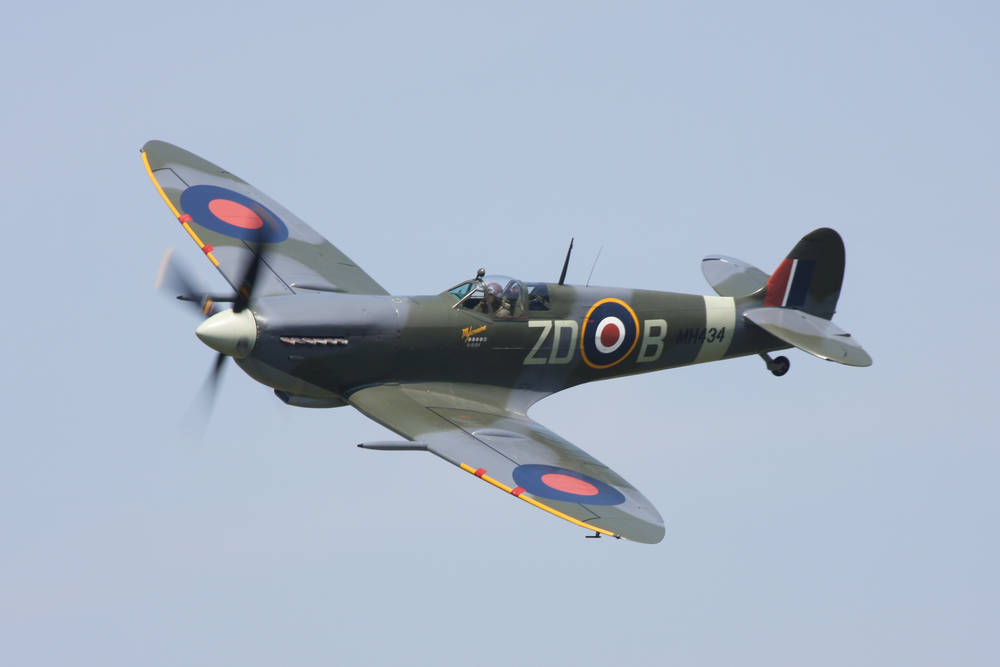
The Supermarine Spitfire was a key aircraft in the Battle of Britain during WWII, known for its speed, agility, and elliptical wing design. It played a crucial role in defending the UK against German air attacks and became a symbol of Allied resistance.
P-51 Mustang
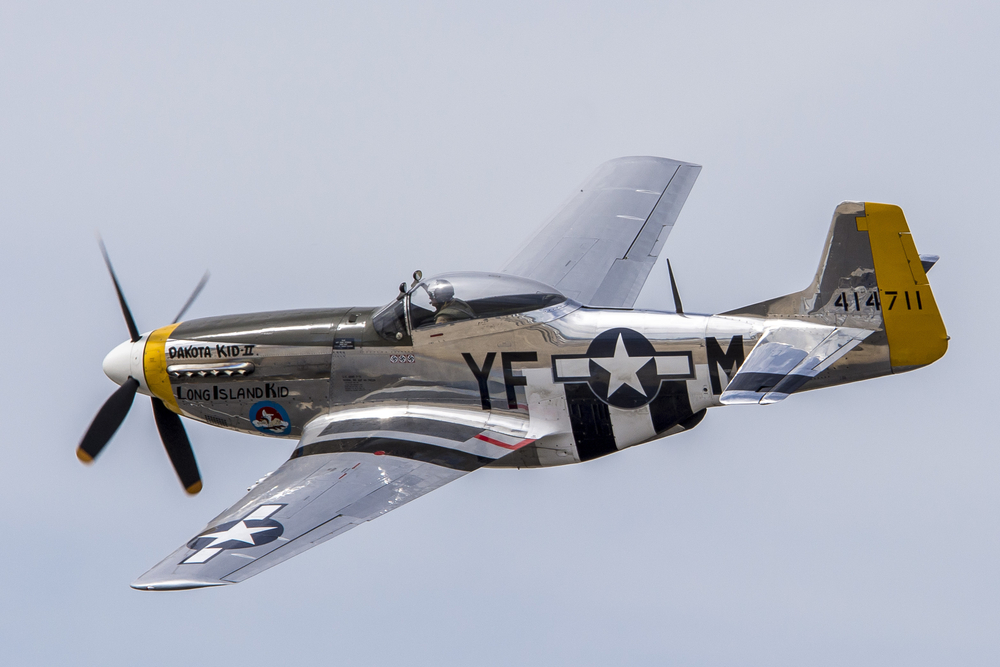
The P-51 Mustang was a long-range fighter that played a critical role in WWII. With its powerful Merlin engine and excellent range, it provided an effective escort to Allied bombers over Europe, significantly reducing losses and contributing to the success of air campaigns.
Harrier Jump Jet
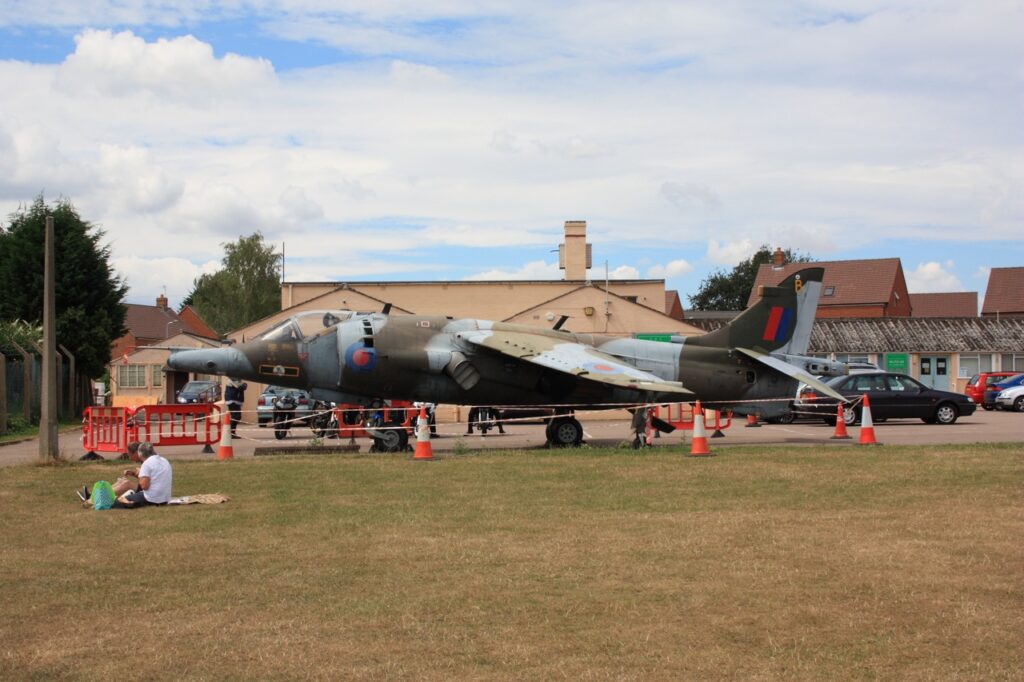
The Harrier Jump Jet was the first operational aircraft with vertical/short takeoff and landing (V/STOL) capabilities. Introduced in the 1960s, its vectored thrust nozzles allowed it to operate from short runways and makeshift airfields, providing tactical flexibility in combat operations.
V-22 Osprey
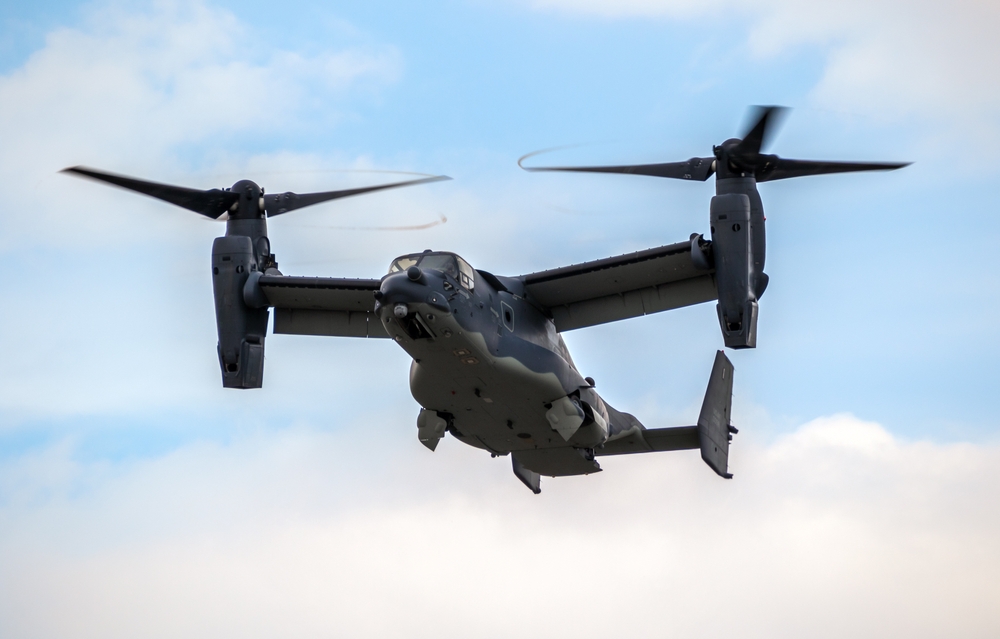
The V-22 Osprey is a tiltrotor aircraft that combines the vertical lift capability of a helicopter with the speed and range of an airplane. Introduced in the 2000s, it can take off and land vertically, then transition to horizontal flight, revolutionizing military transport and special operations.
A-10 Thunderbolt II

The A-10 Thunderbolt II, also known as the Warthog, is a close air support aircraft renowned for its durability and firepower. Introduced in the 1970s, its rugged design, heavy armor, and powerful GAU-8 Avenger cannon made it highly effective in supporting ground troops.
Lockheed C-130 Hercules
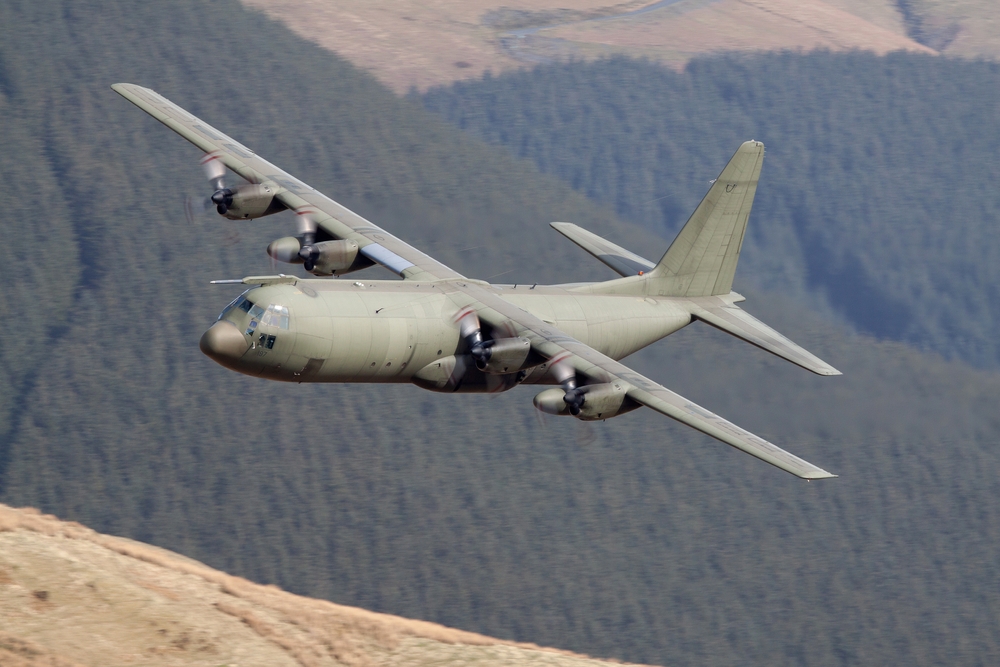
The Lockheed C-130 Hercules is a versatile military transport aircraft introduced in the 1950s. Its ability to operate from short and unprepared airstrips, combined with its capacity to carry troops, vehicles, and supplies, made it indispensable for military logistics and humanitarian missions.
North American X-15

The North American X-15 was a rocket-powered aircraft that set altitude and speed records in the 1960s. It could reach altitudes of over 50 miles and speeds of Mach 6.7, contributing valuable data to the space program and advancing aerospace technology.
Airbus A380
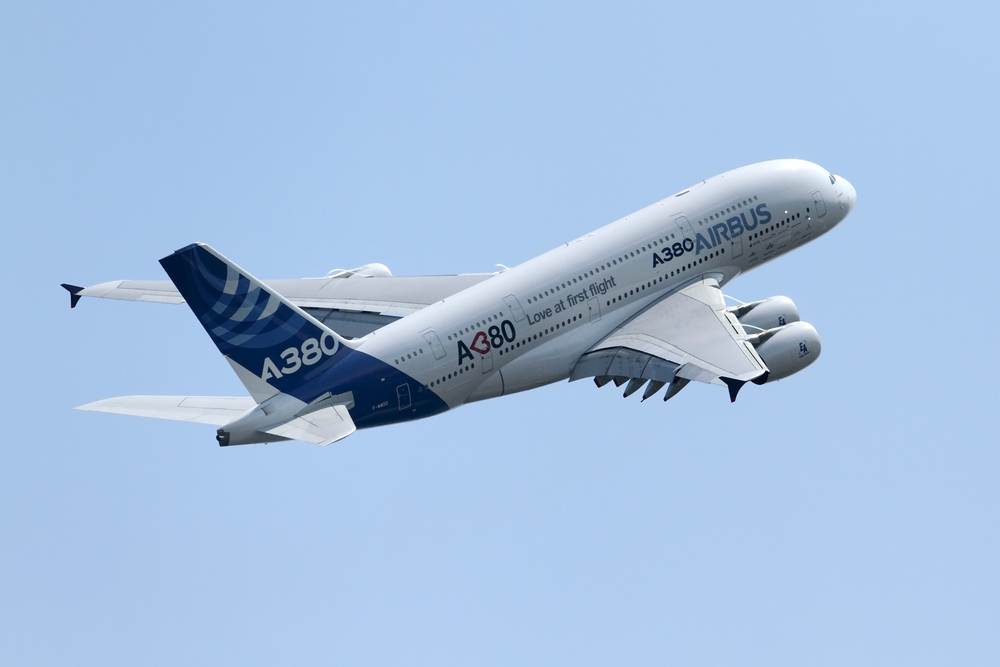
The Airbus A380 is the largest passenger airliner, introduced in the 2000s. With a maximum capacity of over 850 passengers, its two full-length passenger decks and advanced avionics redefined long-haul air travel, offering unprecedented comfort and efficiency.
Boeing 787 Dreamliner
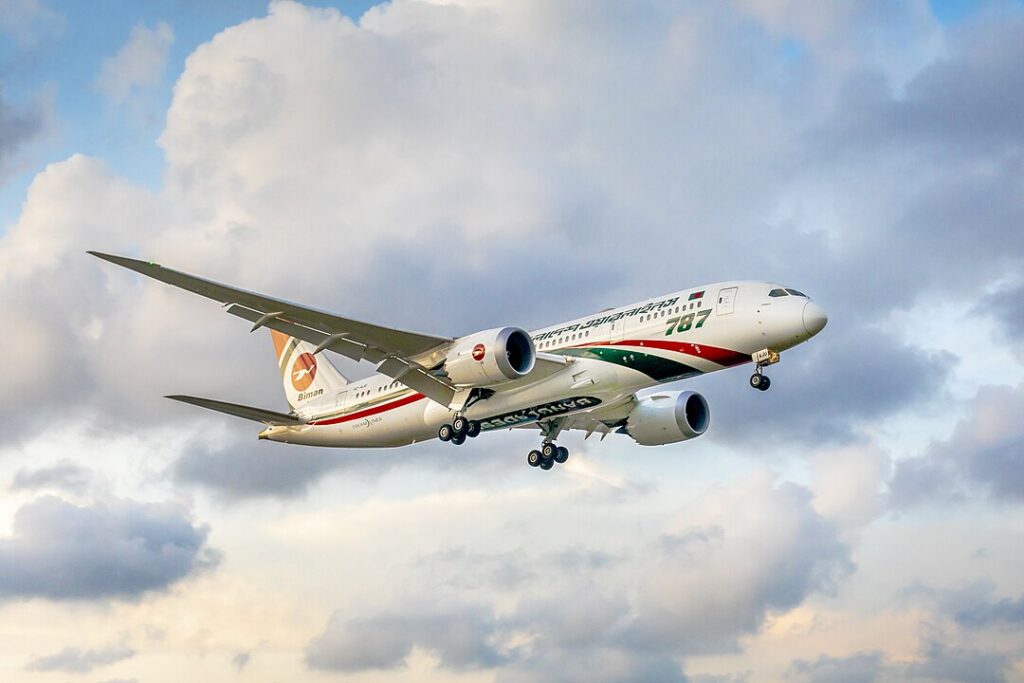
The Boeing 787 Dreamliner, introduced in the 2010s, features advanced fuel efficiency and passenger comfort. Its use of composite materials, innovative aerodynamic design, and state-of-the-art systems set new standards for long-haul airliners, reducing operating costs and environmental impact.
This article originally appeared in MyCarMakesNoise.
More from MyCarMakesNoise
15 Most Reliable Trucks for Heavy-Duty Work
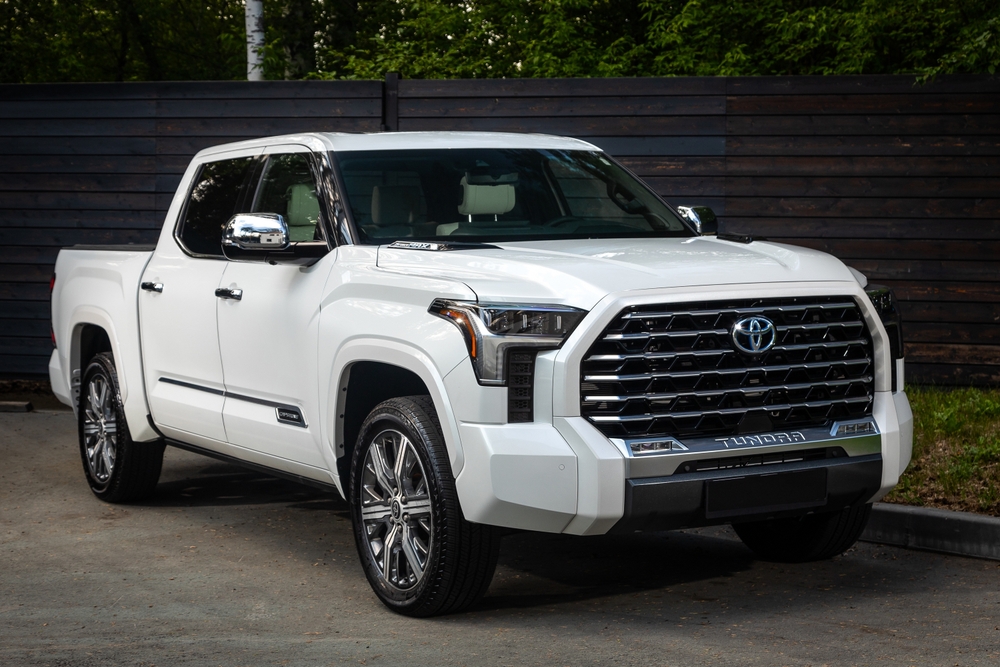
When it comes to heavy-duty work, having a reliable truck is essential. The demands of towing, hauling, and navigating tough terrains require a vehicle that can withstand intense pressure and maintain peak performance. Read More.
13 Tire Brands You Should Avoid at All Costs
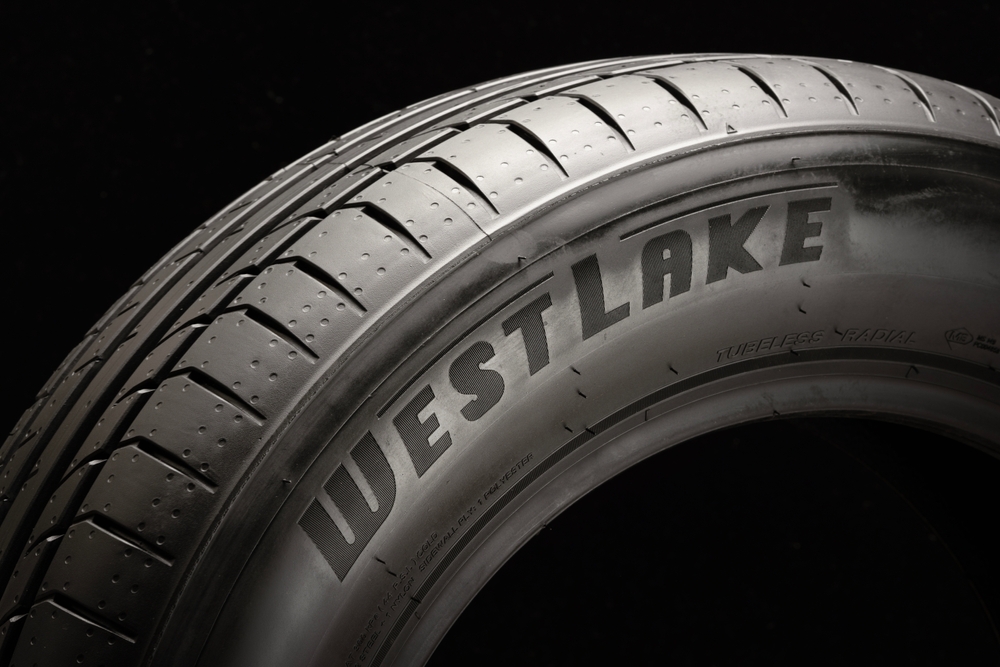
When it comes to selecting tires, the stakes are high as they directly impact your vehicle’s performance and safety. Unfortunately, some brands fall short of delivering the quality and reliability needed. Read More.
16 Lesser-Known Military Vehicles with Impressive Histories
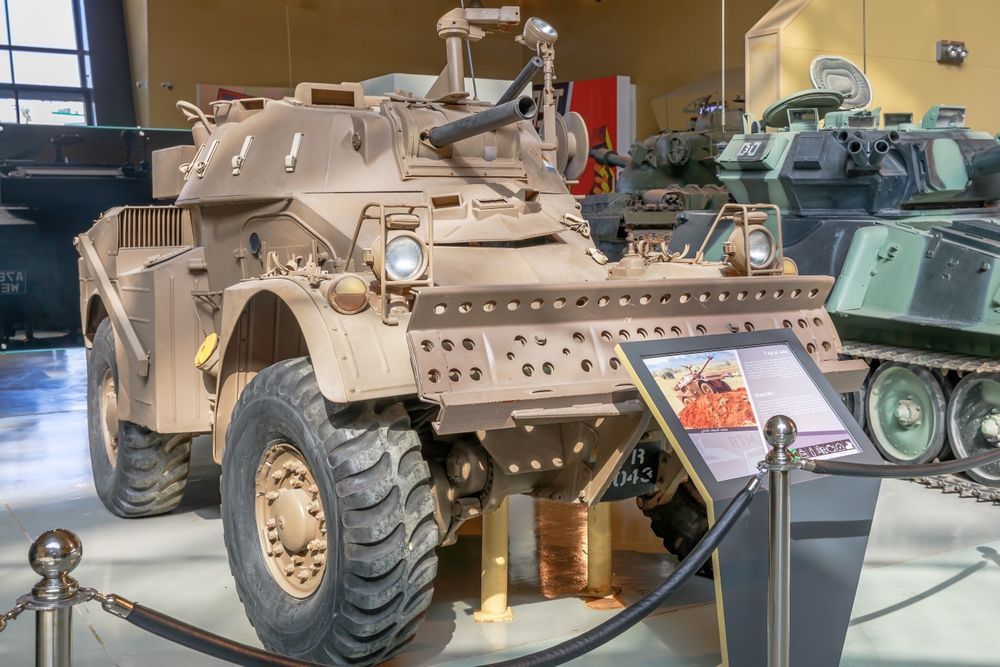
Military history is filled with iconic vehicles, but some of the most remarkable machines often fly under the radar. In this article, we’ll uncover 16 lesser-known military vehicles that have played crucial roles in conflicts around the world. Read More.


